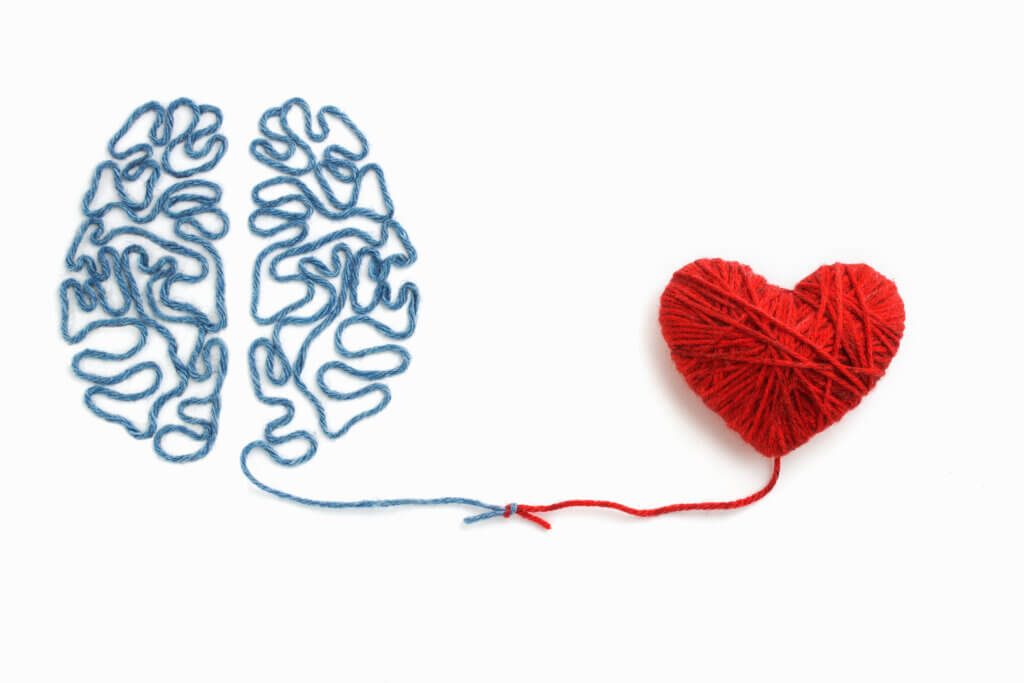CLEVELAND, Ohio — From the mesmerizing synchronized blinking of fireflies to the familiar lub-dub of our heartbeats, life is full of random rhythms. These unpredictable patterns, scientifically known as “stochastic oscillations,” have always fascinated, but also puzzled, researchers. While scientists have made strides in decoding certain patterns like brain waves and heartbeats, truly understanding the myriad of variations has remained a challenge.
However, a significant breakthrough has emerged. An international team of experts has crafted a framework that enables the comparison of these oscillations, no matter their origin or nature.
“We turned the problem of comparing oscillators into a linear algebra problem,” says Peter Thomas, a professor of applied mathematics at Case Western Reserve University, in a media release. “What we have done is vastly more precise than what was available before. It’s a major conceptual advance.”
According to Thomas, this development offers a brighter perspective into the world of oscillations. When heart cells fall out of sync, conditions like atrial fibrillation arise. On the other hand, over-synchronized brain cells can lead to Parkinson’s disease or epilepsy, depending on the affected brain region. With this new approach, medical experts might glean deeper insights into the implications of these oscillations, and how the heart or brain functions or evolves over time.

To shed light on the complexity of oscillations, Thomas used the analogy of swaying skyscrapers and brain rhythms.
“In San Francisco, modern skyscrapers sway in the wind, buffeted by randomly shifting air currents—they’re pushed slightly out of their vertical posture, but the mechanical properties of the structure pull them back,” explains Thomas. “This combination of flexibility and resilience helps high-rise buildings survive shaking during earthquakes. You wouldn’t think this process could be compared with brain waves, but our new formalism lets you compare them.”
The real-world applications of this discovery in fields like mechanical engineering and neuroscience might still be unfolding.
“What Galileo realized was a new point of view, and while our discovery is not as far-reaching as Galileo’s, it is similarly a change in perspective,” notes Thomas. “What we report in our paper is an entirely new point of view on stochastic oscillators.”
The study is published in the journal Proceedings of the National Academy of Sciences.
You might also be interested in:
- Scientists get one step closer to unraveling the mysteries of time
- Walking through nature can help older adults live longer, find purpose in life
- Classic Pink Floyd song recreated using recordings of brain activity from listeners


When you compare the sound of garlic to the taste of yellow you get an amazing breakthrough. Eat your heart out Galileo.